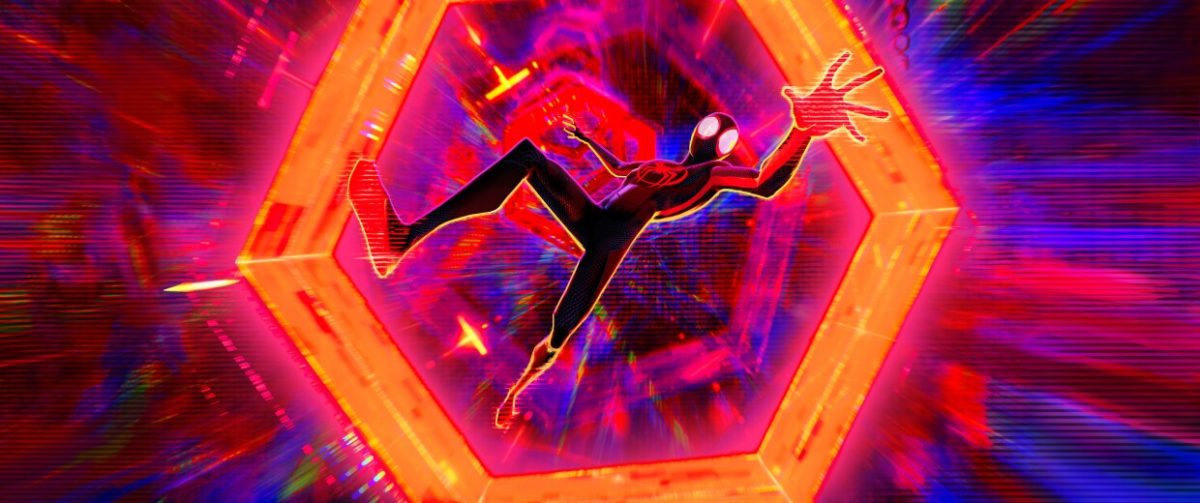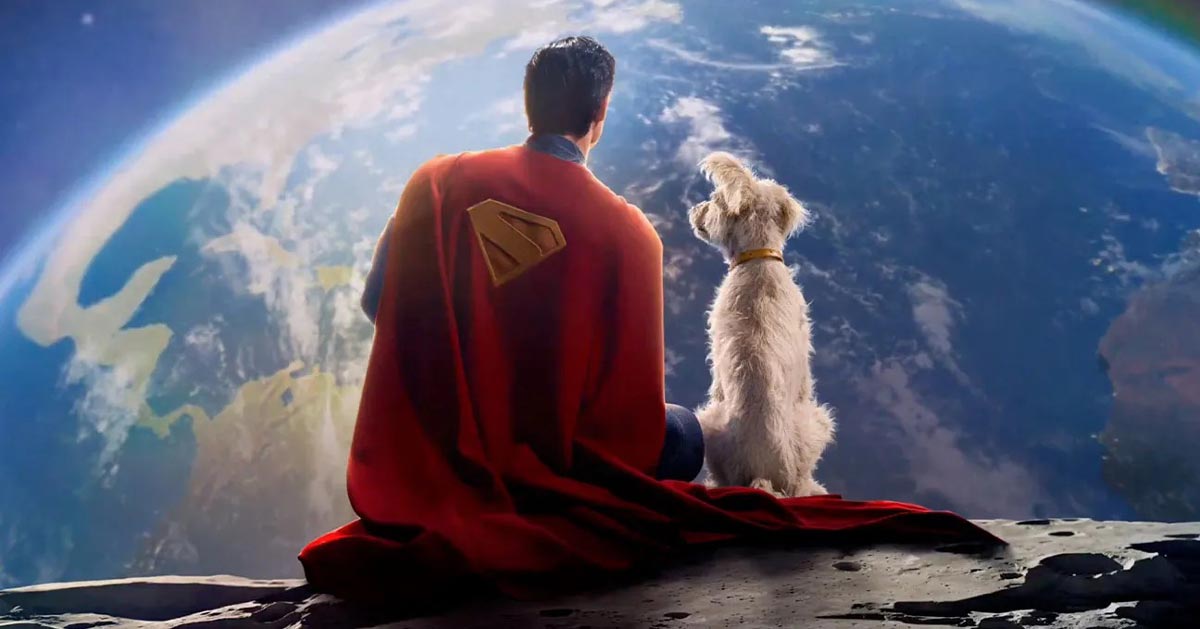Spiderman: Into the Spider-Verse, released in 2018, serves as a pinnacle of the medium of animation for many film viewers, with its captivating visuals and complex narrative creating a truly unique film experience unlike any other. Similarly its sequel, Spiderman: Across the Spider-Verse, hit theaters in 2023 to a similar if not greater level of critical acclaim. While both films are regarded very highly by many critics and film goers alike, both tackle very different themes using (at times) vastly different narrative structures, despite the numerous continuities between the two. While both films contain the same familiar cast of characters (e.g. Miles Morales, Gwen Stacey, Peter B. Parker, etc…), Spiderman: Into the Spider-Verse more serves as an introduction to this aforementioned cast, allowing them to create bonds and display their unique traits, by contrast the Spiderman: Across the Spider-Verse assumes that the viewer had watched the previous film, and as a result it can delve much deeper into its cast of characters while still introducing a great number of new characters never before seen on the “big screen” (e.g. Miguel O’Hara, Hobie Brown, and Pavitr Parker).
The first film has a far larger focus on the individual struggles of Spider-Man, with the idea of canon events being introduced in the second film, these struggles are recognized as just a part of being Spider-Man. This serves a major theme of the first film with it being focused on the resiliency of the Spider-Men and Spider-Women, with them going through such traumatic events such as the death of a loved one and still having to continue with the job of saving the city and protecting everyone as Spider-Man/Woman. On the other hand, the second film tackles a very similar theme in a far different way and attempts to pick apart the nuance of these so called “canon events” (Events which are required in every universe to occur to prevent collapse). In a stark contrast to the first film, the second one tries to challenge the idea that these adversities are needed to be a Spider-person. This idea of challenging the status quo gives the film a far more revolutionary feel than the prior one, with it telling the viewer to look around at the systems surrounding ourselves and beckoning with ourselves whether or not these systems are fair, just as Miles Morales does within the second film with him challenging the generally accepted norm, that “canon events” are necessary, in order to try and help the lives of countless Spider-people by helping them avoid some of their most serious adversities.
This idea doesn’t come without its challenges with two main characters trying to vie for control of Miles Morales’ beliefs. One such character is Miguel O’Hara who is trying to convince Miles Morales that destiny decides his fate via “canon events”. The beliefs of Miguel O’Hara are very similar to many pre-Enlightenment philosophies. Many of these philosophies strike a large similarity to the themes provided within Oedipus Rex, this idea that any attempt to defy fate will ultimately lead to the character’s destruction. This idea is very similar to what Miguel O’Hara believes, that if these “canon events” are broken the entire universe would collapse onto itself. This ideology stands in stark contrast to Hobie Brown, who argues that people blaze their own path, the typical ideas posed by the general idea of free will and most post-Enlightenment philosophies which focus far more on the individual (as Hobie believes) than the collective (as Miguel O’Hara believes). While these movies initially seem so closely connected upon further inspection their themes couldn’t be more different with one telling a story of destiny and being content within your role, while the other challenges this view and asks the viewer to look around and be the change they want to see in the world with two competing world view vying for control of both the mind of the viewer and the mind of Miles Morales.








